Multi-stop route planners: A fleet manager's guide + best tools in 2025
Efficiently managing deliveries with multiple stops is crucial for fleet productivity. Discover how the right multi-stop route planner can help with that.

Key Insights
- Multi-stop route planners are software tools that sequence multiple destinations into the most efficient route, reducing travel time, cutting fuel consumption and lowering operating costs.
- The top multi-stop route planners in 2025 include Geotab, Route4Me, Descartes, Elite EXTRA and Appian.
- When selecting a route planner, prioritize scalability, real-time adaptability, user-friendly interfaces and seamless integration with your TMS, CRM, ERP and telematics systems.
As a fleet manager, you’re juggling dozens of trucks, strict delivery windows and unpredictable traffic snarls. Assigning drivers and sequence stops to ensure customers get on-time shipments is crucial. But last-minute order changes or road closures can force on-the-fly rerouting, which impacts operations across your entire fleet.
That’s why a dedicated multi-stop route planner is essential for keeping operations smooth and customers happy. Explore how these planners optimize routes to cut distance, save on fuel costs and boost efficiency across entire fleets.
What are multi-stop route planners?
Multi-stop route planners are software tools that automatically calculate and optimize the most efficient sequence of multiple destinations. They consider factors like distance, time windows and traffic to minimize travel time and costs.
A multi-stop driving route planner simplifies fleet management by offering features like:
- Long-range planning to effectively plan long-range routes and cut down on unnecessary driving
- Location intelligence using GPS to monitor fleet vehicles, ensuring real-time control over assets
- Real-time dispatching so you know which vehicles are open to work and close by enough to be dispatched
- Day-to-day operations optimization to improve arrival times, reduce miles traveled and balance job distribution
- Analytics allowing you to leverage fleet data to make more informed decisions about route planning in the future
The importance of route planning in fleets
Delivering goods from Point A to Point B is straightforward — but things can get complicated when you throw in Point C, Point D and Point Z across town.
To deal with such situations, you need more than a simple GPS. You need a multi-stop planner, and here’s why:
- Multiple stops, multiple priorities: Balancing urgent deliveries with quick, nearby drop-offs adds layers of complexity.
- Many vehicles, many routes: Coordinating dozens of drivers and varied schedules means manual planning won’t scale.
- Beyond plug-and-play: Built-in map apps often limit your stops, lack dynamic rerouting and offer no analytics.
A dedicated multi-stop route planner delivers:
- Unlimited stops and dynamic rerouting for real-time traffic or delay handling
- Accurate estimated time of arrival (ETA) predictions and time-window management
- Reporting and analytics to uncover fuel savings, driver performance insights and efficiency gains
By automating complex route decisions, GPS with multiple stops gets the right driver to the right place at the right time. This means you can focus on growing your business, not mapping it.
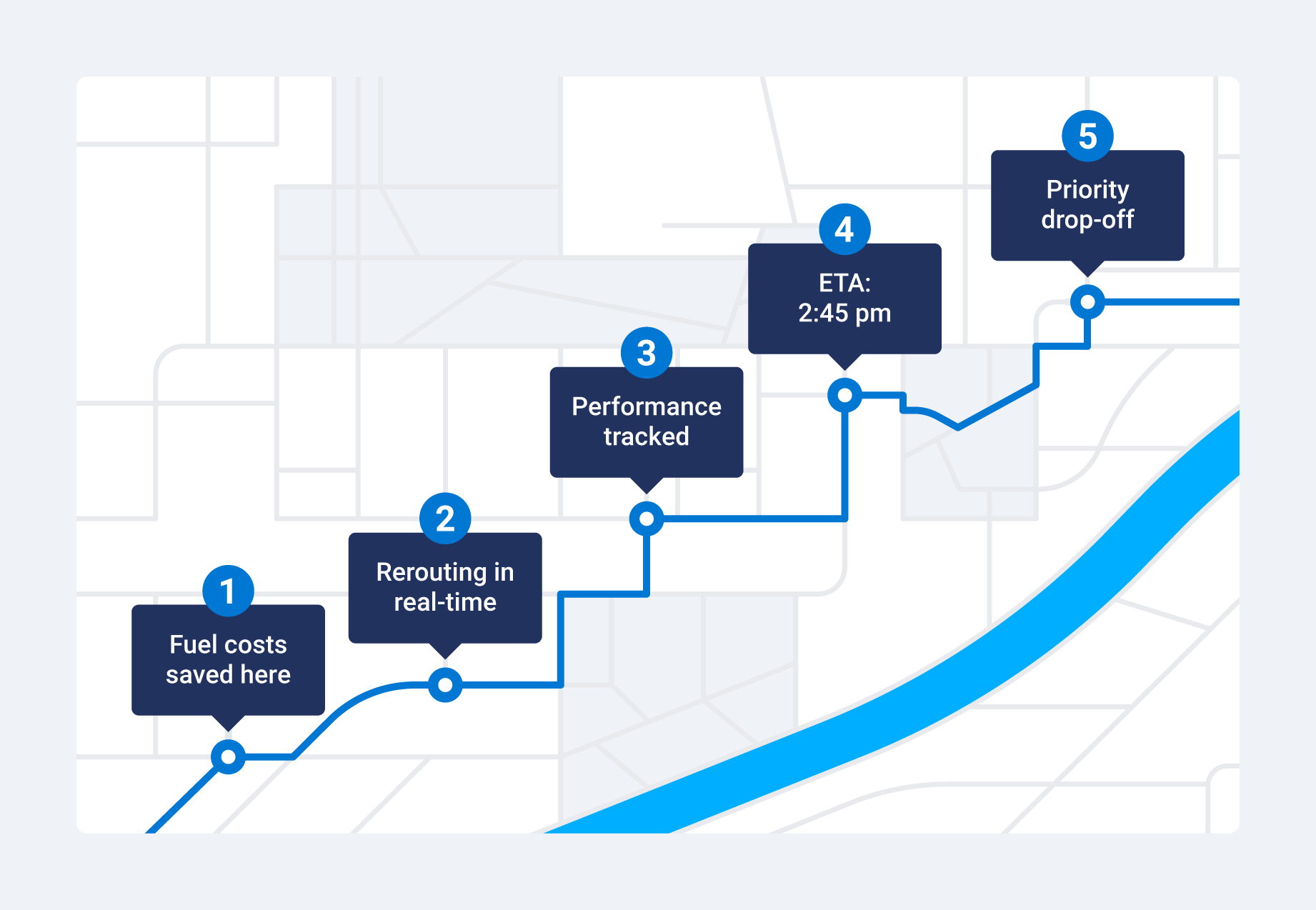
Benefits of multi-stop route planners
Planning a route with multiple stops can be challenging, but a multi-stop route planner can simplify things for you. It offers many benefits for fleets using multi-stop route planners, including cost savings and higher customer satisfaction.
Cost savings
Multi-stop route planners help lower the distance traveled by optimizing stops, equating to lower fuel consumption. Fleets can also save money by identifying their ideal fleet size and cutting out unnecessary additional vehicles. Less overall driving also means less wear and tear on vehicles, saving fleets costly maintenance expenditure. You can also use a fuel management system to save costs.
Increased productivity
By reducing the time it takes to complete deliveries or appointments through route optimization, fleet drivers can get more done during a shift. This helps optimize day-to-day operations, giving you a more holistic view of the work being accomplished and identifying areas for improvement.
Higher customer satisfaction
We all know how it feels to track a package’s delivery only to have it pushed back unexpectedly. By utilizing multi-stop route planners, you can cater directly to your customers, providing them with more accurate, reliable and speedy deliveries. This leaves them more satisfied and more likely to be a repeat customer.
Detailed analytics
Multi-stop route planners offer deeper insights into your on-road operations. This provides the opportunity for continued improvement and the ability to make better decisions for the future, especially when it comes to operational efficiency. Fleet data analytics also helps you schedule proactive maintenance to reduce costs.
Popular multi-stop route planners overview
Just like dispatch and routing tools, there are many options for multi-stop route planners. The choice depends on many factors, including your business needs and how you plan a route with multiple stops.
Here are five solutions that stand out for their AI-driven optimization, real-time dispatch and seamless integrations that help you plan multiple stops efficiently:
| Best for | Key feature | |
|---|---|---|
| Geotab | Fuel-efficient routing and proactive maintenance | Balances costs with real-time rerouting |
| Route4Me | High-volume last-mile deliveries | Automated stop sequencing |
| Descartes | End-to-end strategic and daily planning | Integrated strategic and daily route planning |
| Elite EXTRA | Real-time dispatch management | Live GPS tracking and optimized sequencing |
| Appian | Integrated planning and visibility | Advanced routing algorithms and breadcrumb trails |
1. Geotab
Recommended for: Fuel-efficient routing and proactive maintenance
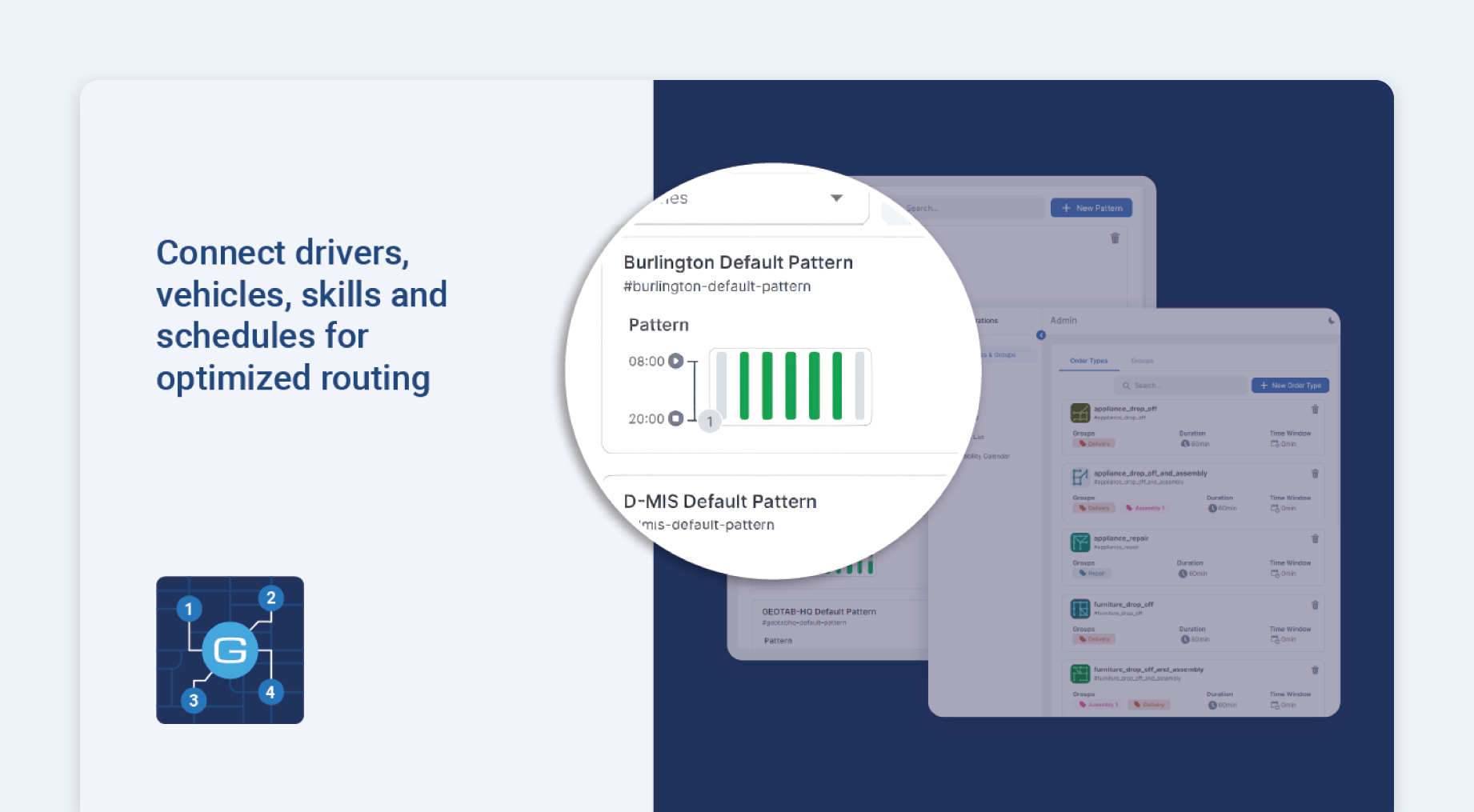
Geotab’s Routing and Optimization software leverages a proprietary AI model to deliver a fuel-efficient route planner that factors in fuel costs, vehicle health and customer time windows. It helps your fleets streamline operations and support proactive fleet maintenance decisions.
Key features
- Balances fuel costs and maintenance expenses alongside route efficiency — yielding up to 20% fuel savings
- Real-time rerouting for traffic or cancellations
- Integrates vehicle diagnostics for proactive maintenance
- Provides data-driven insights on driver performance, cost savings and efficiency trends
- Connects with existing systems via Mobile SDK and enterprise APIs
2. Route4Me Route Planner
Recommended for: High-volume last-mile deliveries
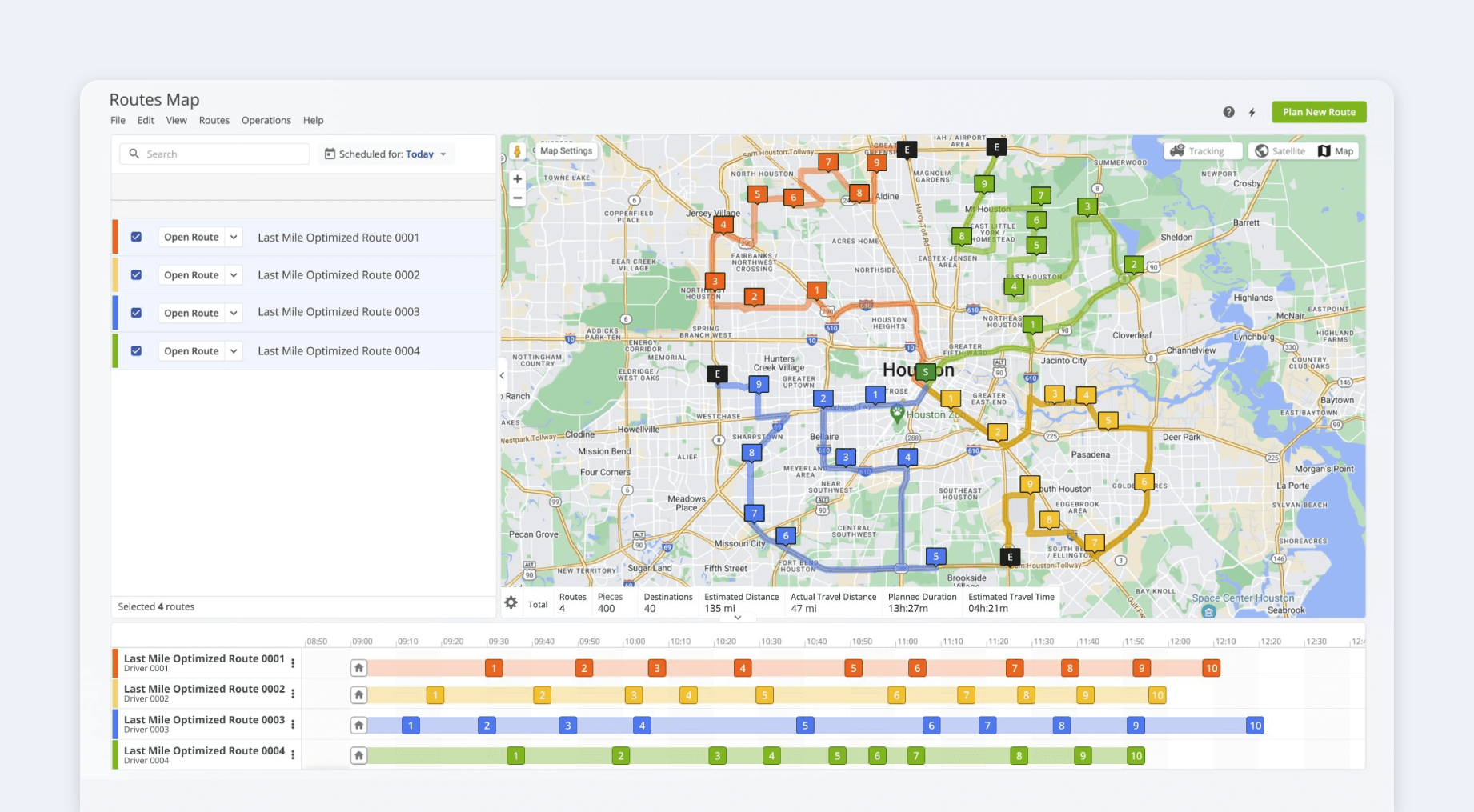
Route4Me’s Route Planner is a scalable last-mile delivery platform that automates stop sequencing, dispatch and real-time tracking. It helps your fleets handle high-volume deliveries while maintaining visibility and control.
Key features
- Automated route sequencing
- Real-time dispatch and tracking
- Dynamic rerouting for live traffic changes
- Service window and priority management
- Highlight customizable telematics and API integrations
3. Descartes Route Planning
Recommended for: End-to-end strategic and daily planning
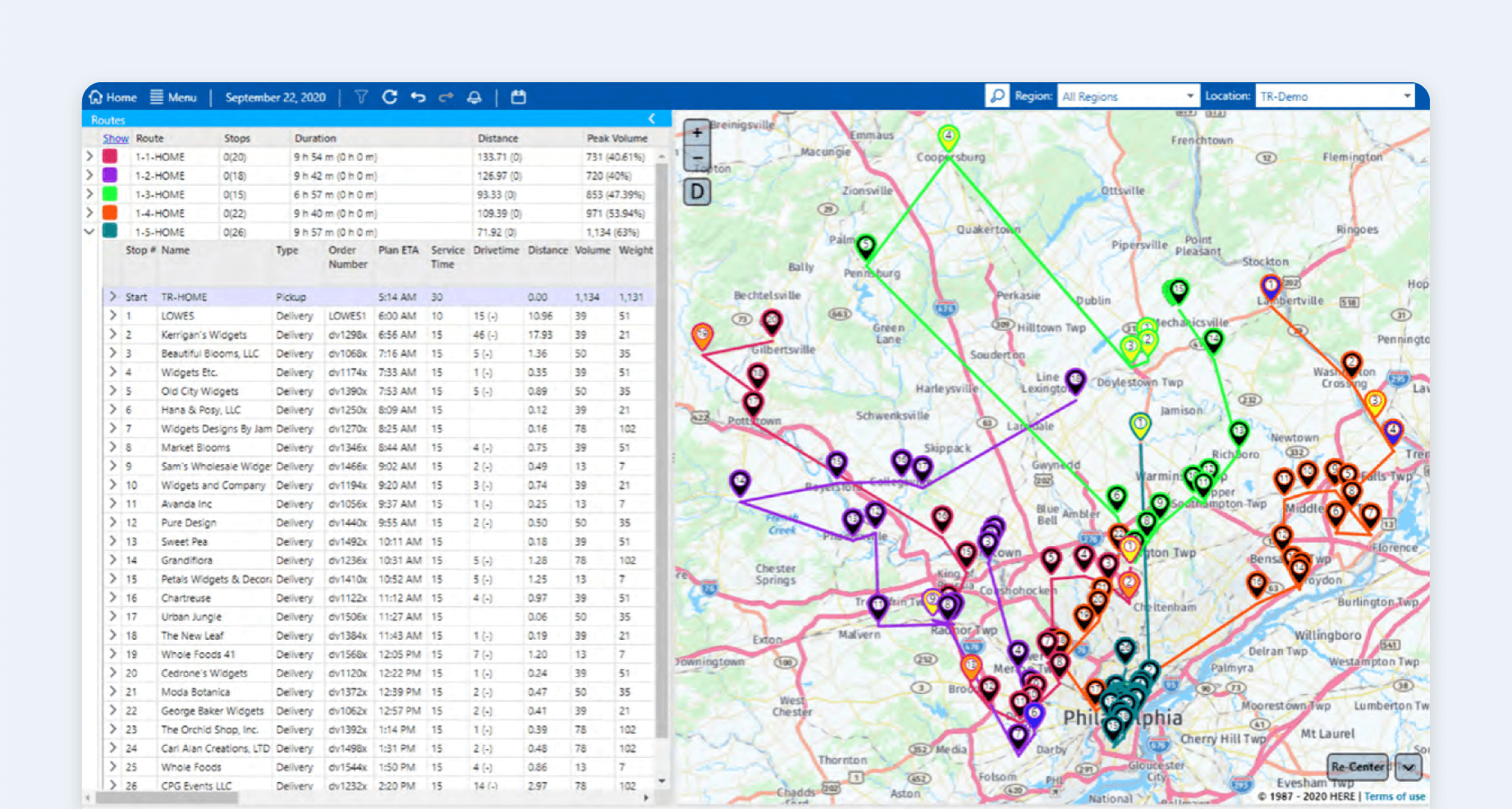
Descartes Route Planning is an end-to-end solution that integrates strategic and daily route planning with real-time dispatch. It helps your fleets cut costs, boost productivity by 56% and elevate customer satisfaction.
Key features
- Strategic and daily route planning for 75% faster planning time
- Real-time dispatch and tracking
- Smart appointment scheduling
- AI-driven continuous optimization
- Built-in Power BI™ performance dashboards
4. Elite EXTRA
Recommended for: Real-time dispatch management
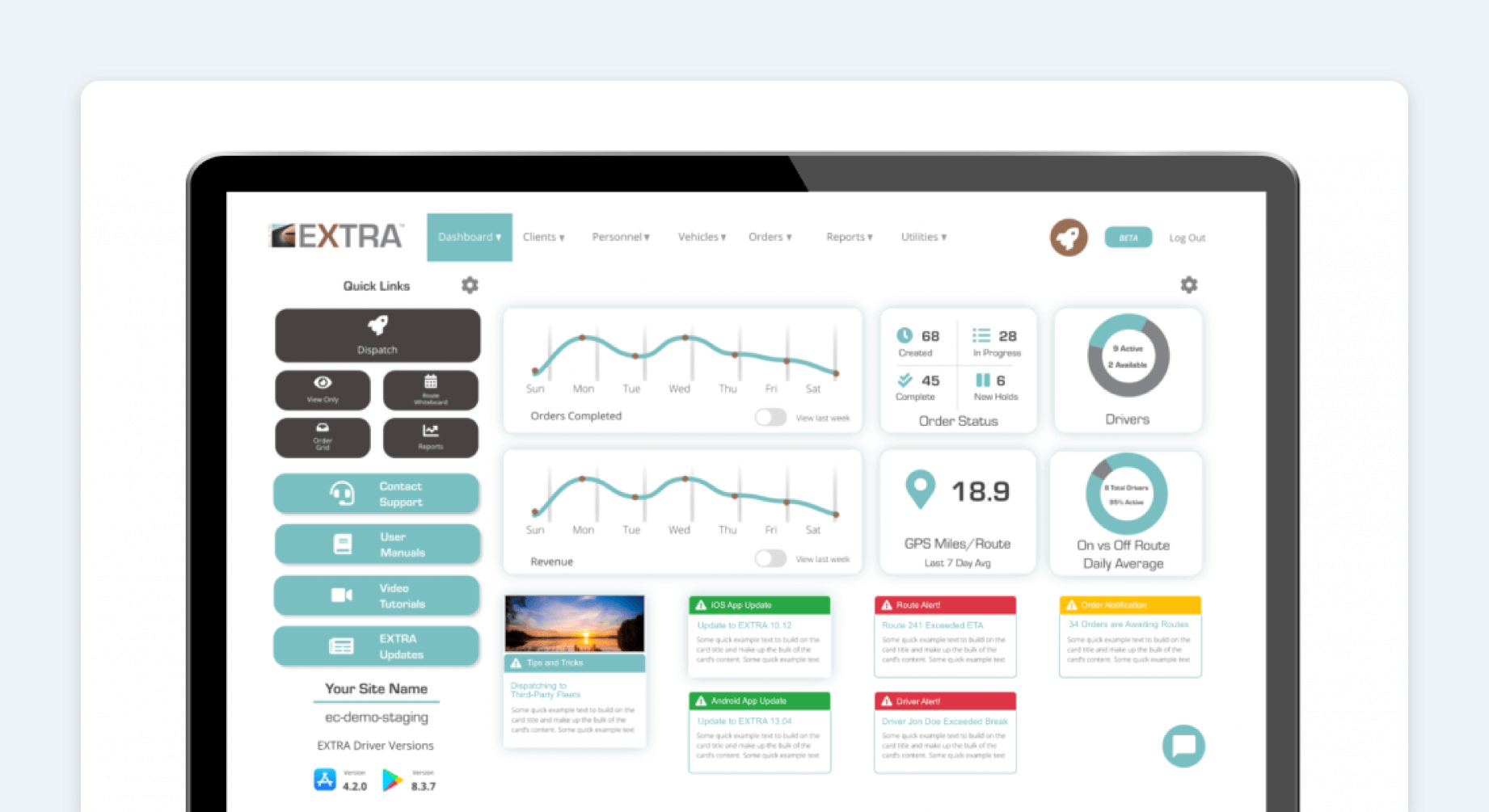
Elite EXTRA is a real-time dispatch management add-on for MyGeotab that combines optimized route sequencing with live GPS tracking and integrated telematics for end-to-end visibility.
Key features
- Single sign-on with Geotab GO device
- Real-time GPS tracking and ETAs serving live dispatch visibility in one dashboard
- In-house optimized route sequencing
- Digital signature and photo capture
- Contact-free delivery support
- Barcode scanning and EDI integration
5. Appian
Recommended for: Integrated planning and visibility
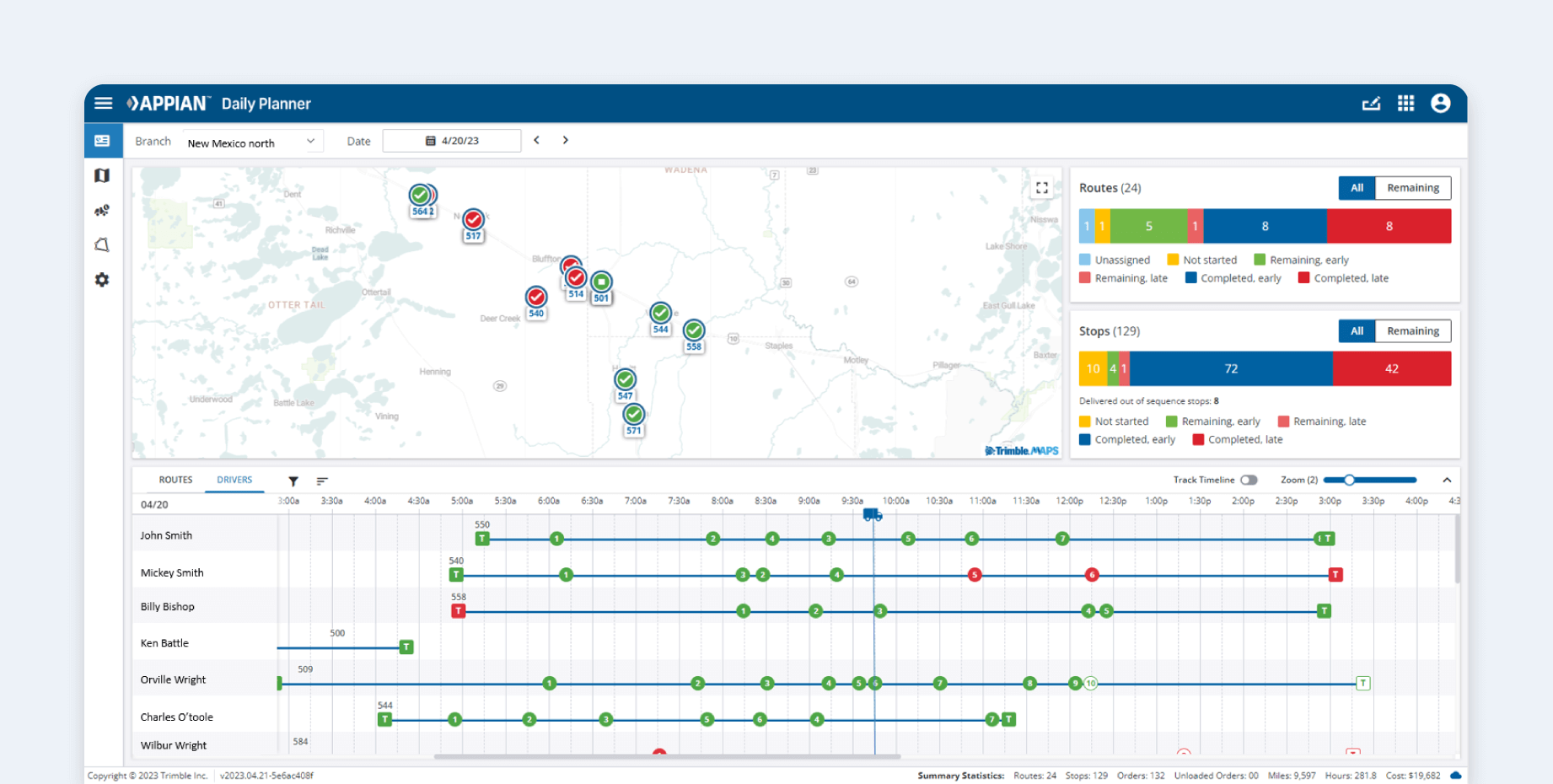
Appian TMW Systems combines 30-year-evolved routing algorithms with Geotab integration to streamline daily planning, dispatch and real-time visibility. It empowers your fleets to reduce costs, boost on-time performance and adapt instantly to operational changes.
Key features
- Plan routes daily — fixed, dynamic and zone-based
- Real-time tracking and GPS breadcrumb trails
- ETA alerts and white-labeled customer notifications
- Strategic planning and dynamic decision-assist with “what-if” modeling tools for real-time rerouting
- Business intelligence and performance reporting
How to choose the right multiple-stop route planner for your fleet
Choosing the right multi-stop route planner means evaluating core factors that keep your operations efficient while ensuring your fleet can adapt and grow with ease.
When choosing a multi-stop route planner, pay extra attention to:
- Scalability to ensure your planner handles growing vehicle counts, expanded delivery areas and new business lines without extra setup time
- Reliability to guarantee minimal downtime, accurate ETAs and dependable real-time updates so drivers can stick to schedules
- Usability to get an intuitive interface and straightforward workflows, reducing training needs and speed adoption
- Integration capabilities so it connects seamlessly with TMS, CRM, ERP and telematics systems for richer data, unified reporting and streamlined workflows
Features to look for in a multi-stop route planner tool
The best multi-stop route planner features are going to look different for each fleet, but here are some to keep in mind while you are considering your options:
- Organized customer data: A good route planner will allow you to import large volumes of customer data in multiple formats.
- Real-time driver tracking: The ideal route planning solution will give you access to every driver’s exact location, so you can effectively and efficiently dispatch them if need be.
- Delivery ETAs: A great feature of route planners is ETAs for your customers. Being able to go above and beyond to offer them detailed and precise information creates brand loyalty for your clients.
- Real-time route updates: Whether it’s a weather event, traffic or inefficient detours, an efficient route planner interprets real-time data and makes changes to routes as needed.
- Reporting: Reporting and analytics help you make informed decisions about your drivers, your routes and your fleet.
- Proof of delivery: A route planner with a built-in electronic proof-of-delivery system saves you the hassle of keeping manual records.
- Skill-based job assignment: Look for a route planner that offers skill-based job assignments to make dispatching easier for your fleet manager.
Optimize your fleet's multi-stop route planning with Geotab
A multi-stop route planner helps you create a more efficient, dynamic routing process. It increases productivity, creates better customer relationships and provides deeper visibility into your daily operations.
Geotab’s fleet routing and dispatch software can simplify route optimization and take the heavy lifting off your plate. You can plan routes in detail and create an efficient series of stops and waypoints for delivery and pickup orders. All of this helps you optimize your fleet operations and grow your business.
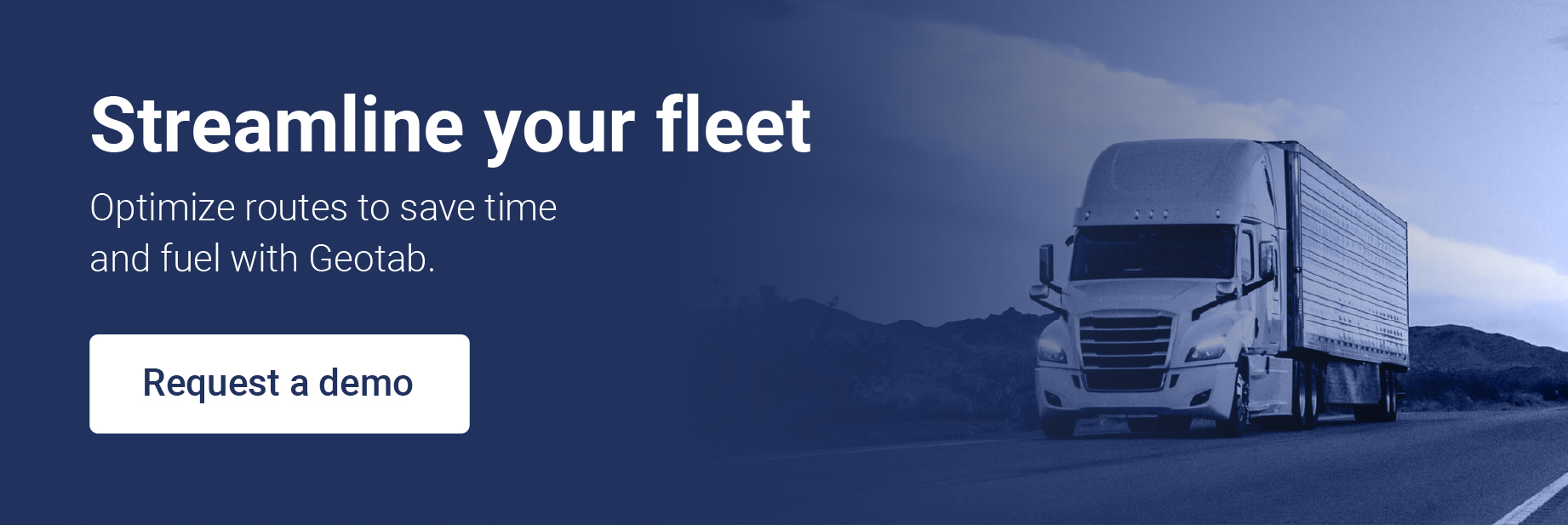
Subscribe to get industry tips and insights
Frequently Asked Questions
Use a dedicated multi-stop route planner that automatically sequences your addresses, factors in live traffic and allows dynamic rerouting.
The top-rated options vary by need, but Geotab, Route4Me and Appian consistently rank highest for ease of use, advanced features and reliable performance in large-scale delivery operations.
Yes, there are many options. For instance, Maptive provides a robust free plan with unlimited stops and advanced optimization, while RouteXL offers free routing up to 20 stops before paid tiers begin.
Both Google Maps and Apple Maps also support multi-stop routing: Google Maps lets you add up to 10 stops (including your final destination) on each route, and Apple Maps allows up to 14 stops per trip on iOS devices.
The Geotab Team write about company news.
Table of Contents
- What are multi-stop route planners?
- The importance of route planning in fleets
- Benefits of multi-stop route planners
- Popular multi-stop route planners overview
- 1. Geotab
- 2. Route4Me Route Planner
- 3. Descartes Route Planning
- 4. Elite EXTRA
- 5. Appian
- How to choose the right multiple-stop route planner for your fleet
- Features to look for in a multi-stop route planner tool
- Optimize your fleet's multi-stop route planning with Geotab
Subscribe to get industry tips and insights
Related posts

Field service is losing money to bad data: Go beyond GPS with smarter telematics
June 27, 2025
3 minute read

The fleet safety incentive program checklist for driver engagement that lasts
June 19, 2025
2 minute read

The impact of unproductive idling on police vehicle service life
June 10, 2025
3 minute read
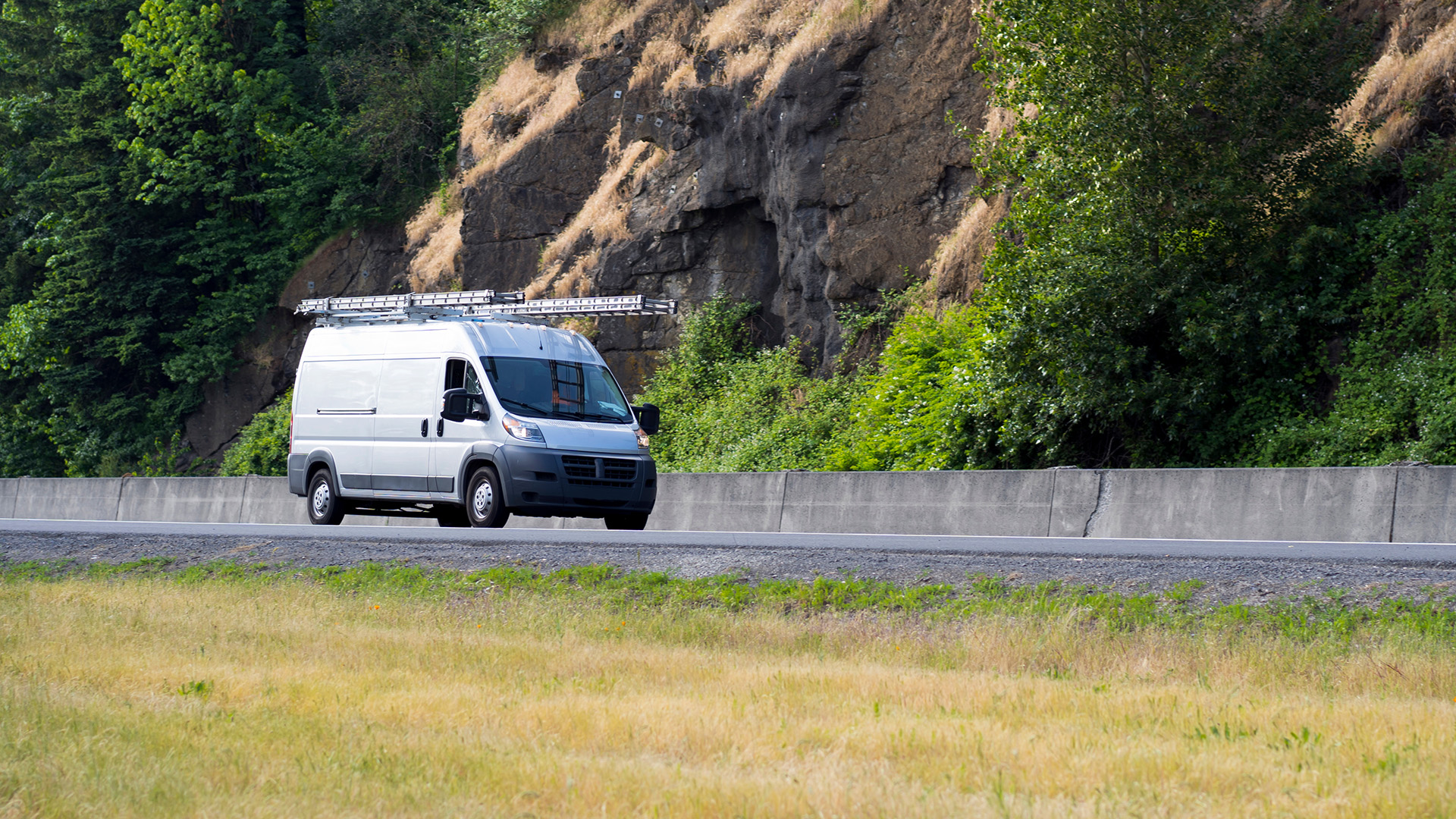
Unlock field service ROI: Your practical guide to connected operations playbook
June 9, 2025
3 minute read
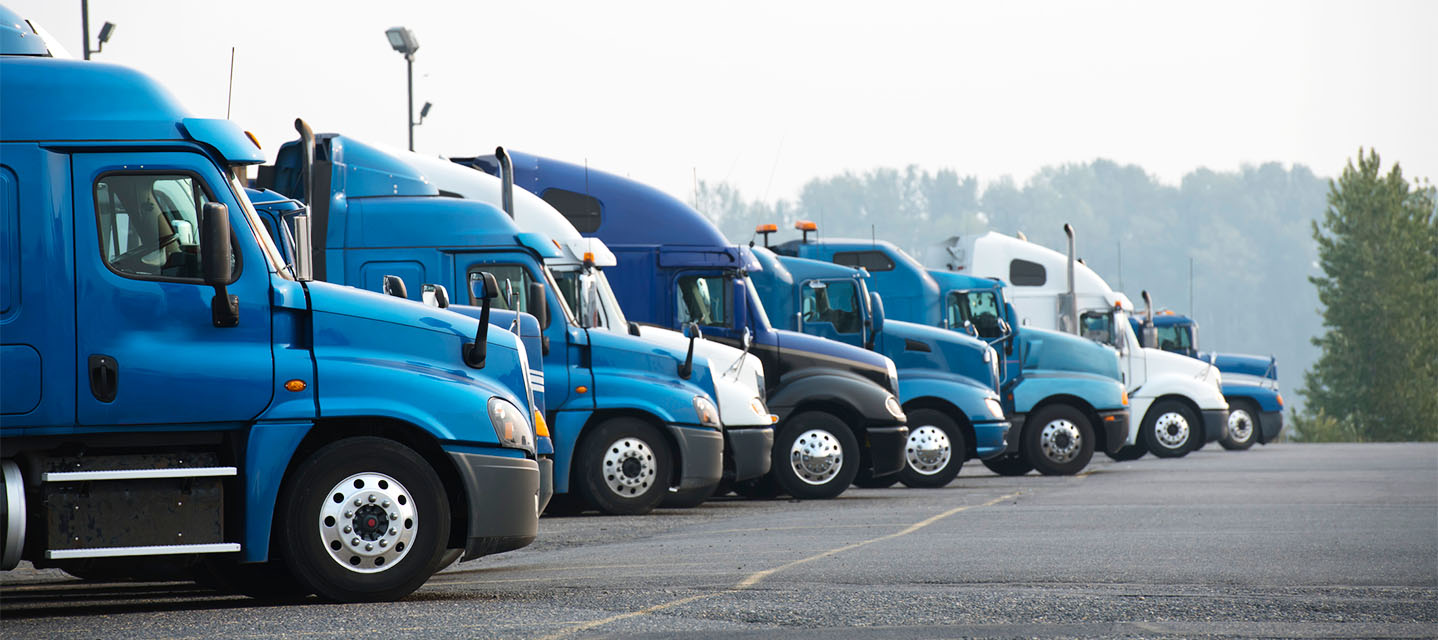
Commercial truck insurance cost: Rates by state + how to save
June 5, 2025
5 minute read
